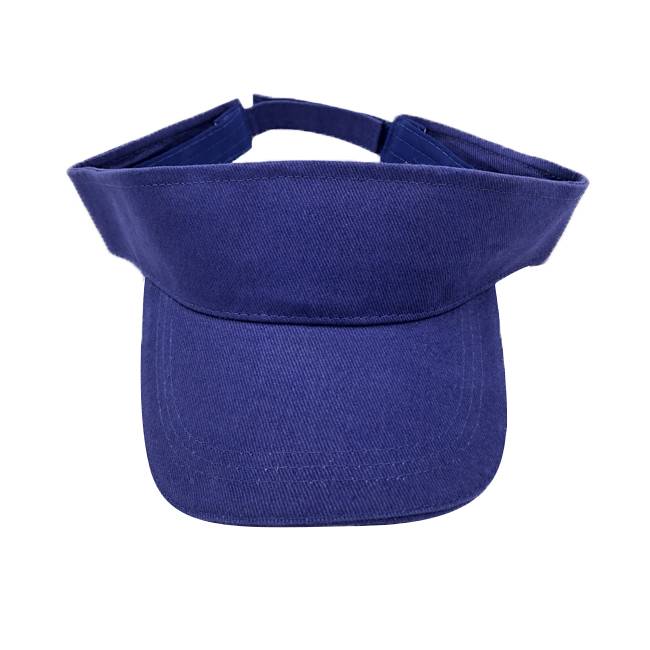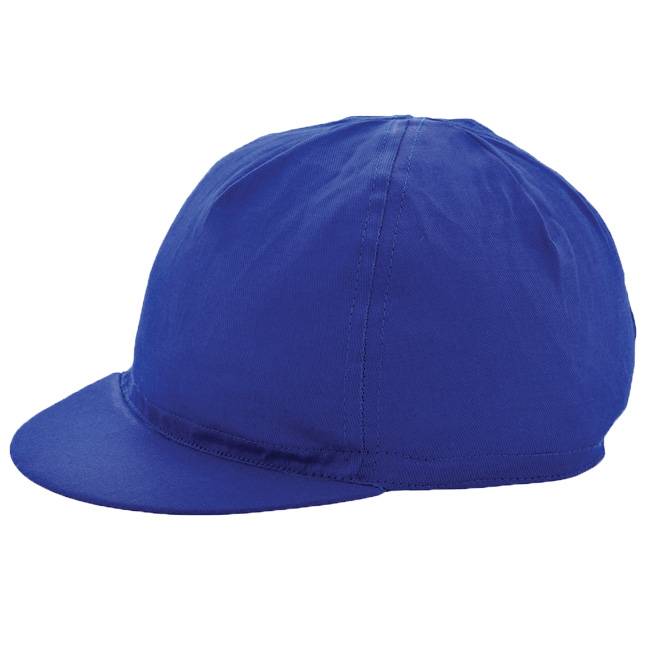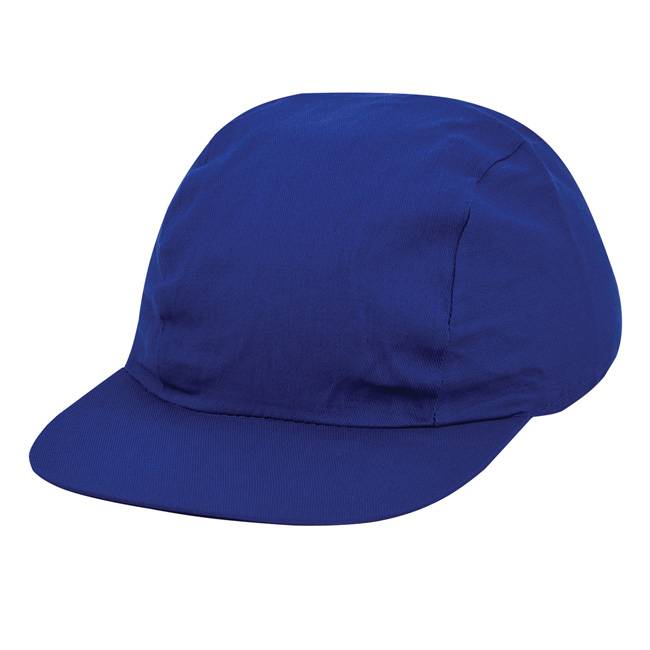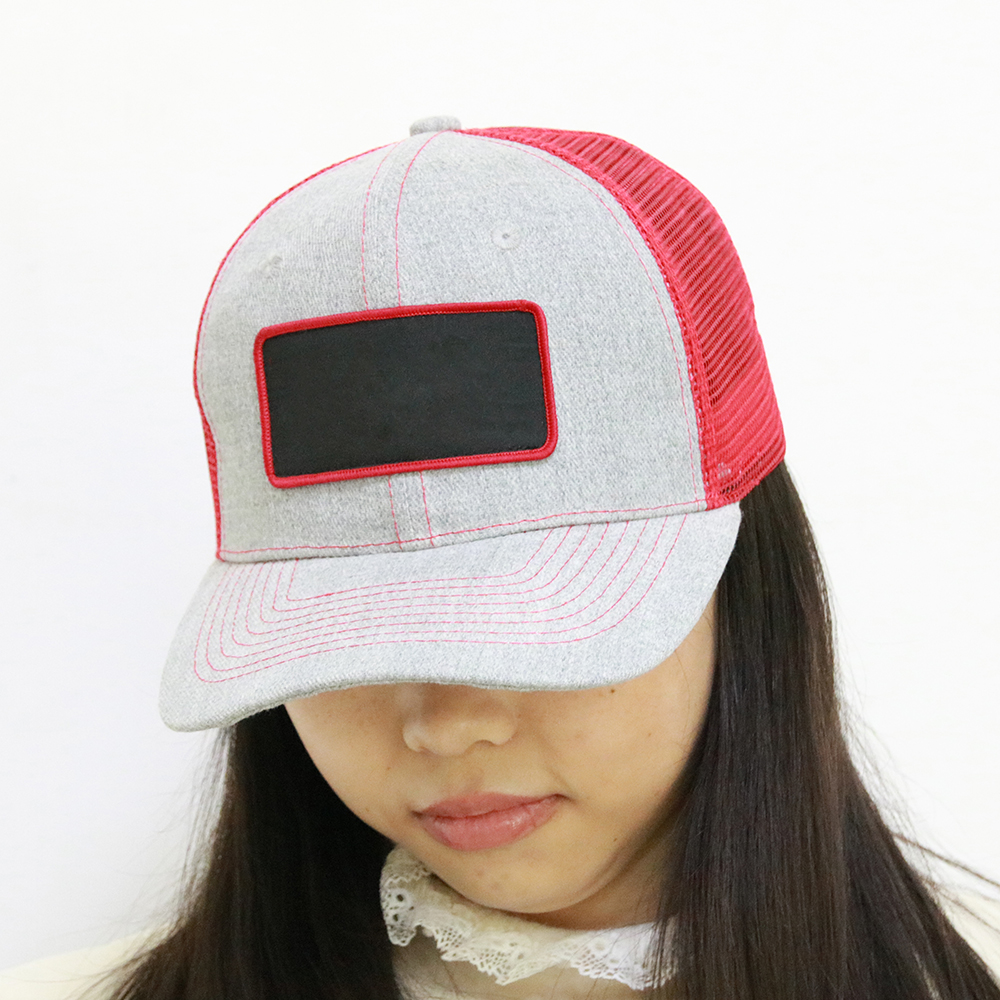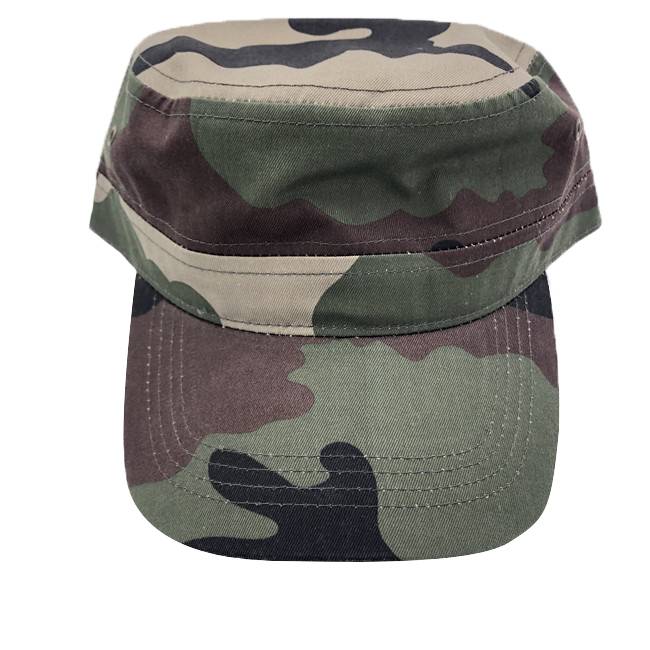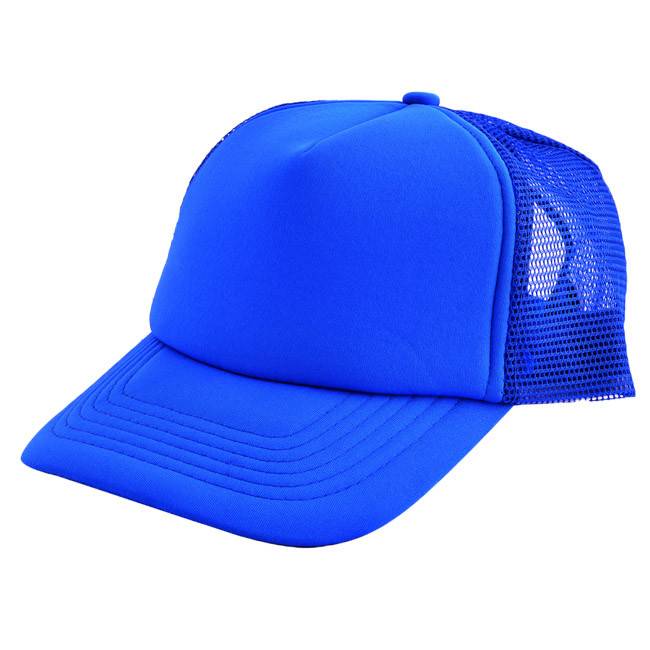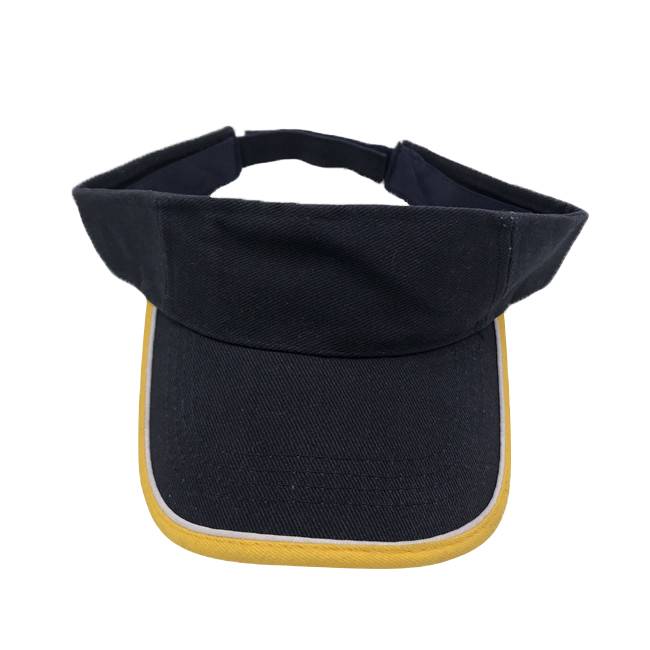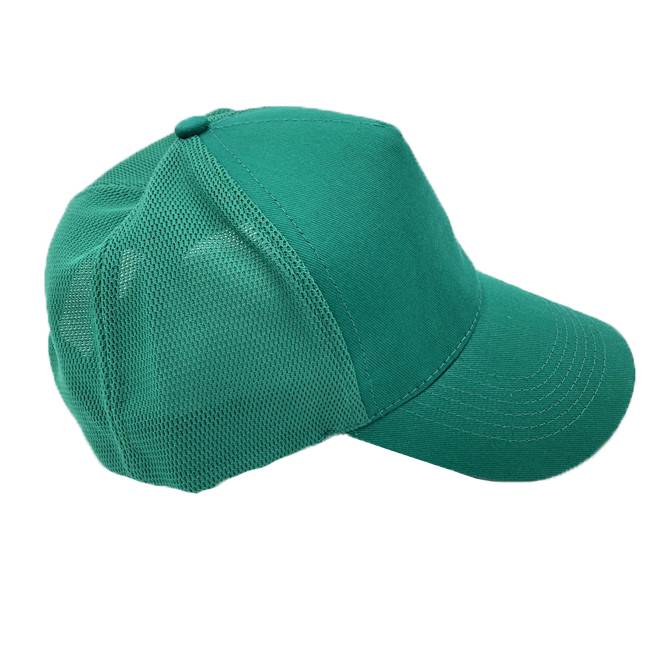Perfect Bucket Hat Fit Adjustable & UV-Protected Golf Hats
- Introduction to the evolution of headwear functionality
- Market statistics demonstrating bucket hat adoption trends
- Technical design elements affecting modern bucket hat fit
- Comparative analysis of leading golf bucket hat manufacturers
- Customization options for specialized fit requirements
- Real-world application scenarios in golf environments
- Industry projections for women's performance headwear

(bucket hat fit)
The Science Behind Optimal Bucket Hat Fit
Proper headwear fit has transformed from fashion consideration to performance necessity. Premium bucket hats incorporate anatomical design principles that distribute weight evenly across the cranial circumference. Unlike standard caps, technical bucket designs feature 4-6 panel constructions with tension-regulating sweatbands that maintain stability during athletic motion. The depth-to-brim ratio (typically 1:1.6) prevents visual obstruction while ensuring comprehensive sun protection. University of Oregon biomechanics research indicates that properly fitted headwear reduces heat stress by 22% during extended outdoor activity.
Material innovation plays a crucial role in contemporary fit solutions. Advanced polyester blends with 15-20% mechanical stretch accommodate various head shapes without deformation. A recent industry survey revealed that 78% of users prioritize fit retention as their primary purchasing consideration. The integration of internal silicone grip strips has decreased adjustment frequency by 40% compared to traditional cotton designs.
Market Growth Metrics
The performance headwear segment shows unprecedented expansion. Golf bucket hat sales increased 31% year-over-year, with the women's segment growing at nearly double that rate. Premium headwear now constitutes 45% of the $2.3B golf accessories market according to Golf Datatech. Consumer analytics indicate that fit-related generate 3.7x more search volume than style-related terms. The demographic shift is equally significant – 65% of new bucket hat adopters fall in the 25-44 age bracket, coinciding with rising skin cancer awareness.
Engineering Superior Wearability
Leading manufacturers deploy proprietary fit technologies that differentiate premium products. CoolVent™ mesh panels strategically placed in temple regions enhance airflow while maintaining structural integrity under windy conditions. The revolutionary FlexiArc™ brim maintains 92% shape retention after deformation testing – outperforming standard materials by 37%. Moisture management systems now actively transport 0.8mL of sweat per minute away from critical contact points.
For female athletes, ergonomic tailoring addresses anatomical distinctions through contoured crown designs and reduced rear-profile depth. A recent Stanford biomechanics study confirmed these adaptations decrease pressure points by 63% compared to unisex models. The integration of magnetic accessory ports along the brim seam allows customization without compromising stability or waterproof ratings.
Performance Headwear Comparison
| Feature/Brand | ist TourFit | Nike Aerobill | Callaway SolarWave | TaylorMade CloudFit |
|---|---|---|---|---|
| UV Protection Factor | UPF 70 | UPF 65 | UPF 80+ | UPF 65 |
| Weight Retention (after 50 washes) | 97% | 89% | 98.5% | 91% |
| Women's Specific Architecture | Yes | Partial | Yes | No |
| Airflow Rate (CFM) | 48.7 | 52.1 | 43.9 | 39.2 |
| Adjustment Points | 3 | 4 | 2 | 3 |
Customization Protocol
Specialized applications demand tailored solutions. Professional fitting sessions utilize 3D cranial mapping to identify pressure thresholds and thermal zones. Four critical measurements dictate manufacturing specifications: occipital protrusion angle, temporal circumference, forehead slope, and apex height. High-performance customization includes:
- Arch Bridge System: Aluminum wire reinforcements for constant brim elevation
- HydraChannels: Sweat routing away from eyewear contact points
- Variable Density Padding: Region-specific cushioning (2mm/4mm composites)
Tour professionals increasingly adopt asymmetrical brim designs that provide 210° sun protection without compromising peripheral vision. The latest carbon fiber composite frames reduce overall weight to under 65 grams while increasing structural rigidity by 28%.
On-Course Implementation
Performance validation occurs under tournament conditions. During the Women's PGA Championship, wear testing revealed crucial insights about bucket hat fit dynamics:
- Lateral wind resistance maintained at 96% when facing 30mph gusts
- Core temperature regulation exceeded standard visors by 1.7°C during peak heat
- 95% of participants reported zero adjustment incidents during swings
The Ponte Vedra Golf Club documented a 43% reduction in lost headwear incidents after switching to performance bucket hats with silicone grip technology. Junior golf programs report higher compliance with sun safety protocols when using customized junior-sized options featuring cartoon insignias.
Future Projections in Performance Headwear
The golf bucket hat category continues evolving with sensor integration and biometric tracking. Prototypes measuring EEG wave patterns during play could revolutionize focus training methodologies. Thermal imaging studies currently inform next-generation ventilation designs that target specific cranial heat zones. Industry analysts forecast smart fabrics capable of UV radiation measurement will dominate the women's segment within three years.
Recent consumer trials confirm that optimized headwear fit correlates strongly with perceived swing confidence (r = .78). Future manufacturing will likely incorporate individual player motion capture data, particularly addressing the distinctive spinal rotation patterns in women's golf. As materials science advances, expect seamless integration of solar cells into hat structures that could charge electronic devices during five-hour rounds.
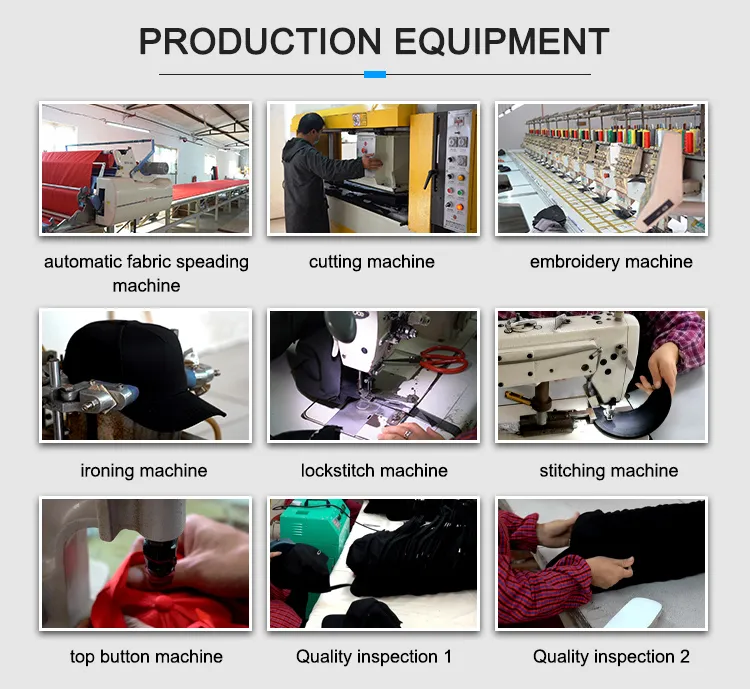
(bucket hat fit)
FAQS on bucket hat fit
Q: How do I ensure a proper bucket hat fit?
A: First check your head measurement against the brand's size chart. Aim for a snug but comfortable fit where the hat sits securely without slipping. Avoid tightness around the forehead for all-day comfort.Q: What makes golf bucket hats different from regular styles?
A: Golf bucket hats often feature moisture-wicking fabrics like polyester blends for sun and sweat protection. They typically have a wider brim (3+ inches) and UPF 50+ sun protection. The structured crown also prevents wind disruption during swings.Q: How should a women's golf bucket hat fit for active use?
A: It should sit 1/2 inch above eyebrows with minimal movement when bending or swinging. Choose adjustable designs with inner drawcords or elastic sweatbands. Ensure the brim doesn't obstruct vision during play while shading your face/neck.Q: Can golf bucket hats accommodate ponytails or thick hair?
A: Many women's golf bucket hats include hidden stretch panels or rear-slits for high ponytails. Look for designs with deeper crowns (>5 inches) to avoid hair flattening. Adjustable inner bands help secure fit with voluminous hairstyles.Q: What bucket hat features optimize fit during windy rounds?
A: Prioritize hats with chin straps and toggle locks for security. Choose structured brims that maintain shape without collapsing. Non-slip silicone grippers along the inner band prevent shifting during gusty conditions on the course.-
Trucker Hat Wholesale and Mesh Baseball Caps TrendsNewsJun.23,2025
-
Sun Visor Caps Style Meets FunctionNewsJun.23,2025
-
Kids Hat Innovations Foam Mesh and Trucker HatsNewsJun.23,2025
-
Bucket Hats A Timeless Fashion StapleNewsJun.23,2025
-
Tips for Storing Trucker Hat Bulk to Maintain QualityNewsJun.12,2025
-
The Role of Cotton Cycling Caps in Cycling CultureNewsJun.12,2025
-
The Most Popular Bucket Hat StylesNewsJun.12,2025




